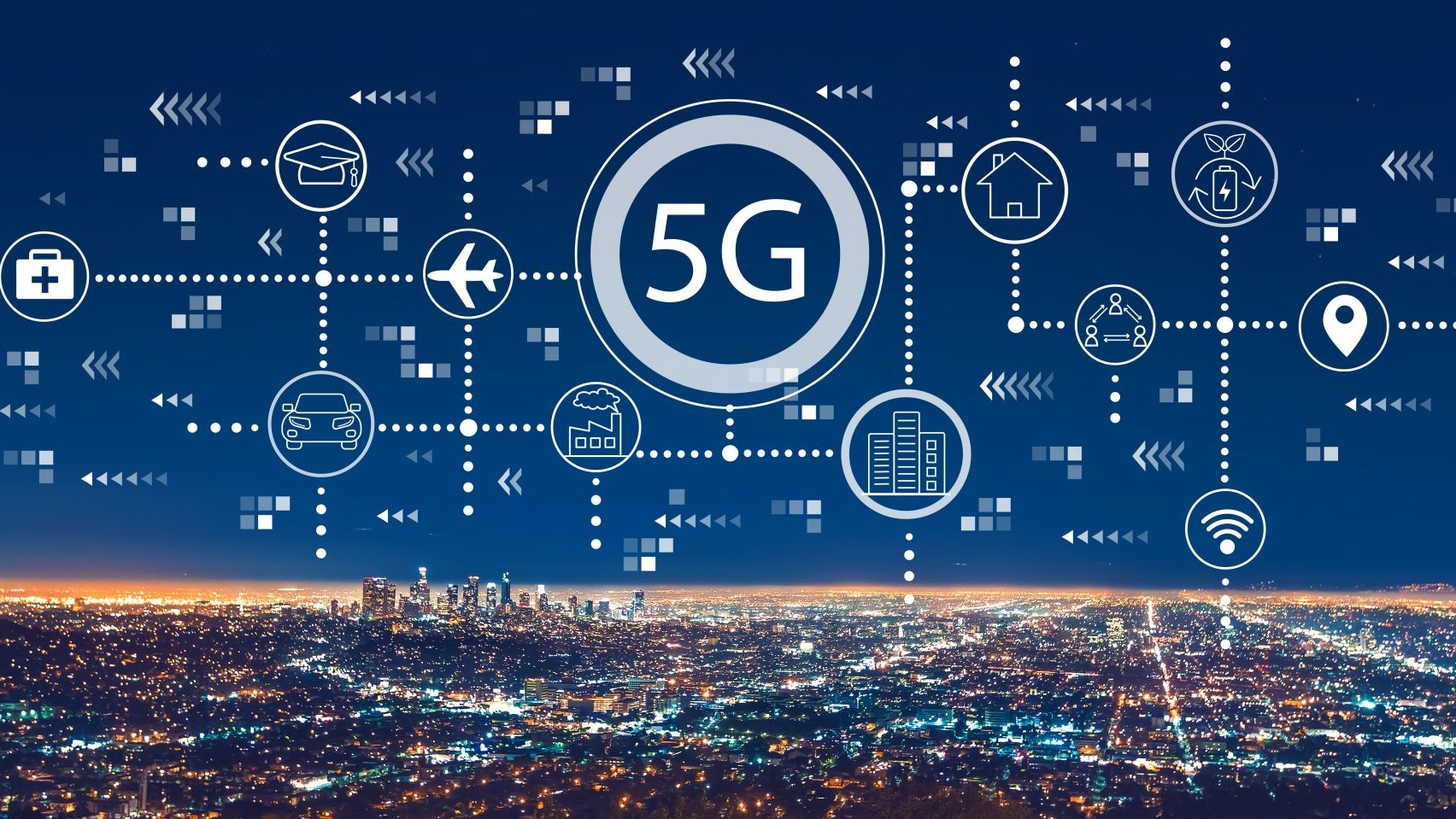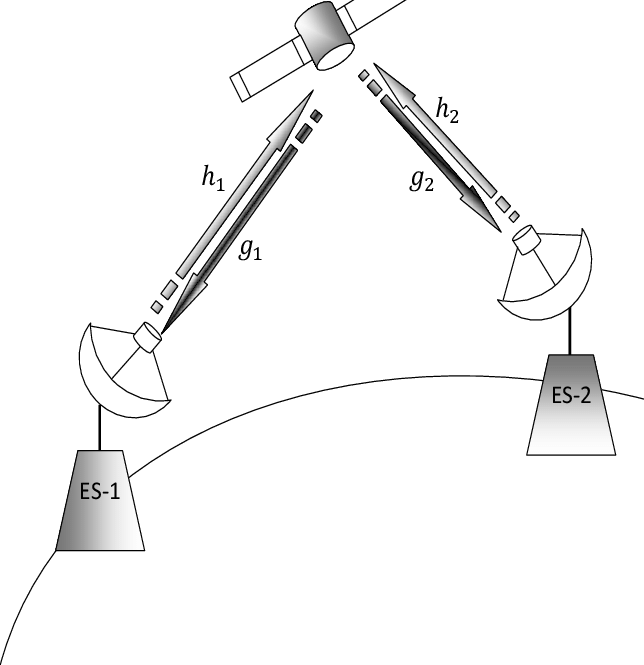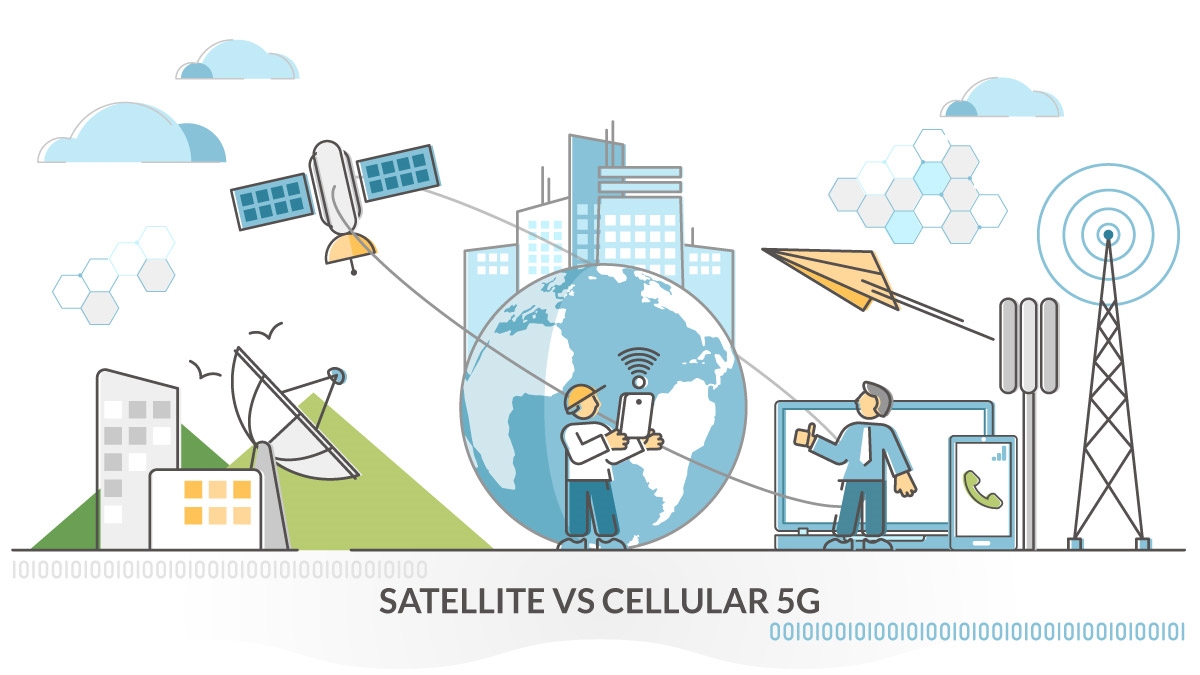What is a distributed base station
A distributed base station, compared with a traditional centralized base station, separates the baseband processing unit and the RF unit and connects them via fiber or other media. In a distributed base station, baseband units are concentrated in a data center or network center, while RF units are distributed across multiple site locations. This architecture is also referred to as a distributed antenna system (DAS).
Advantages of distributed base stations
- Improved coverage and capacity: Distributed deployment subdivides coverage into smaller cells, increases the number of sites, and, combined with better LTE scheduling algorithms, makes more efficient use of network resources to improve capacity.
- Flexible deployment: RF units can be installed where needed to better use available space.
- Easier maintenance: Devices distributed across locations allow a faulty RF unit to be replaced locally without affecting the entire site or network.
- Lower transport cost and better signal quality: Baseband and RF units can be linked by high-speed media such as fiber, reducing transport cost and improving signal quality.
4G distributed base station components
A 4G distributed base station splits RF and baseband processing units (BBU) across different physical locations and connects them via high-speed fiber. The typical components include:
- BBU main control unit: Acts as the base station brain, controlling and managing the operating status of RF units. It also functions as the data aggregation center, processing and forwarding signals from all RF units.
- RF signal units: Key elements responsible for receiving and transmitting RF signals and forwarding those signals to the BBU for processing. The number of RF units depends on site scale and requirements.
- RRU radio interface unit: An important part of the distributed station architecture, responsible for separating antenna ports and baseband interfaces and handling signal conversion tasks. It transmits wireless signals from the antenna to the baseband over the transmission link.
- Transmission fiber equipment: High-speed fiber and associated equipment that carry data, interference control, and synchronization signals between the BBU and RF units, enabling rapid signal transfer and processing.
Compared with centralized base stations, distributed base stations can offer lower transport latency, reduced network cost, and more flexible deployments, improving deployment efficiency and network capacity.
Near-end and far-end terminology in 4G distributed base stations
In many 4G distributed systems, the BBU is categorized as a far-end device, while RRUs and antennas are referred to as near-end devices. BBUs typically handle data processing and are often located in a remote data center or network center. RRUs and antennas sit near the site and handle RF transmission and reception. However, this classification is not absolute and may vary depending on deployment specifics.
BBU and RRU roles in a distributed base station
In a distributed base station, the BBU (Baseband Unit) and the RRU (Remote Radio Unit) each have distinct responsibilities. The BBU handles digital signal processing tasks, including channel coding and decoding, deinterleaving, and channel estimation. The RRU handles RF tasks such as amplification, modulation/demodulation, descrambling, and filtering, and converts RF signals to electrical levels for transport. In centralized base stations BBU and RRU are typically co-located; in distributed architectures they are separated and connected via high-speed fiber. This split enables flexible deployment, improved coverage and network quality, and reduces equipment footprint and maintenance effort.
 ALLPCB
ALLPCB








